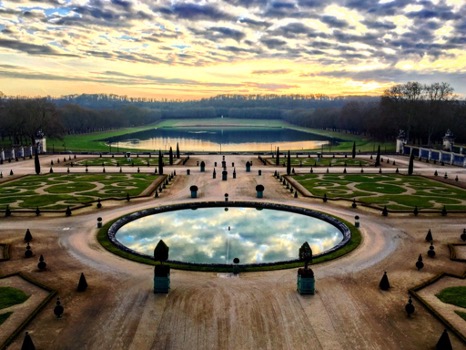I remember I was talking to a colleague in the break area of a 2017 translation conference when a tall, snowy-haired man came up to us. (I say “remember,” but my memory is hazy. We are told to forget these sorts of incidents.) The interaction went something like this: The man walked toward us and, without preamble, planted himself before me to ask if I knew a noted translator from Japanese. The translator is Asian-American, like me. (Or—maybe there was a preamble; maybe he asked us our names first.) I felt my smile gelatinize on my face. No, I said. I had never met that translator.
















